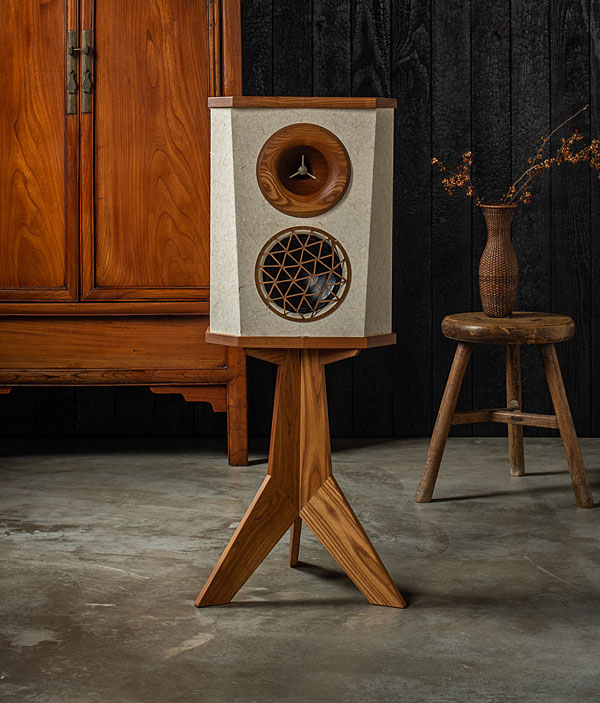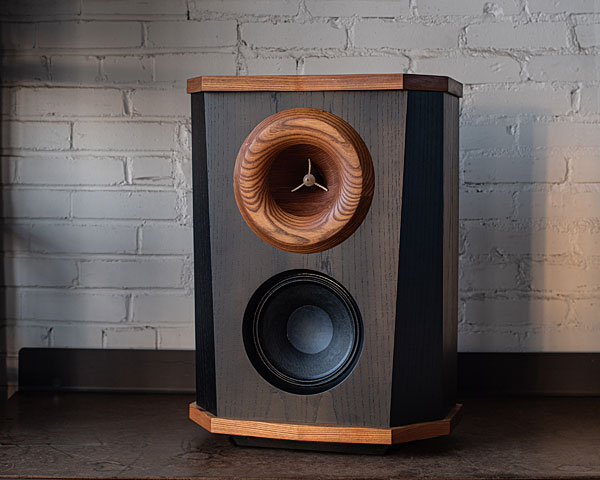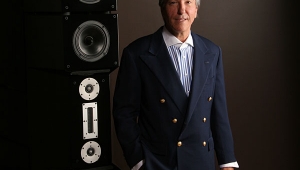| Columns Retired Columns & Blogs |
I have the graphite turntable mat and the graphite headshell (best used with a low compliance cartridge) and love supporting what they want to accomplish.
The rest of the line-up is beyond my means, but if I ever hit the Lotto, the first thing I am buying is their 'Ironic' speaker. I just can't stop ogling it.
I am drawn to it like....well, like a magnet!
Thanks for this thread, they are a fascinating company, following the muse their own way...I admire the heck out of them.









































